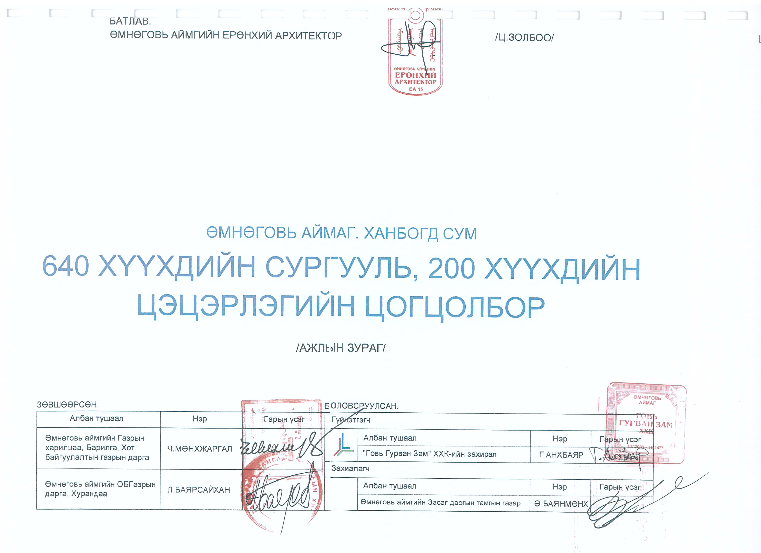CONSTRUCTION OF BUTCHERY AND МEAT PROCESSING PLANT PROJECT
More than 800 residents of 278 households live in the Shar Dov district of Javkhlant Bagh of Khanbogd soum, and their electrical power use is limited and unreliable due to malfunctions of existing power grid.
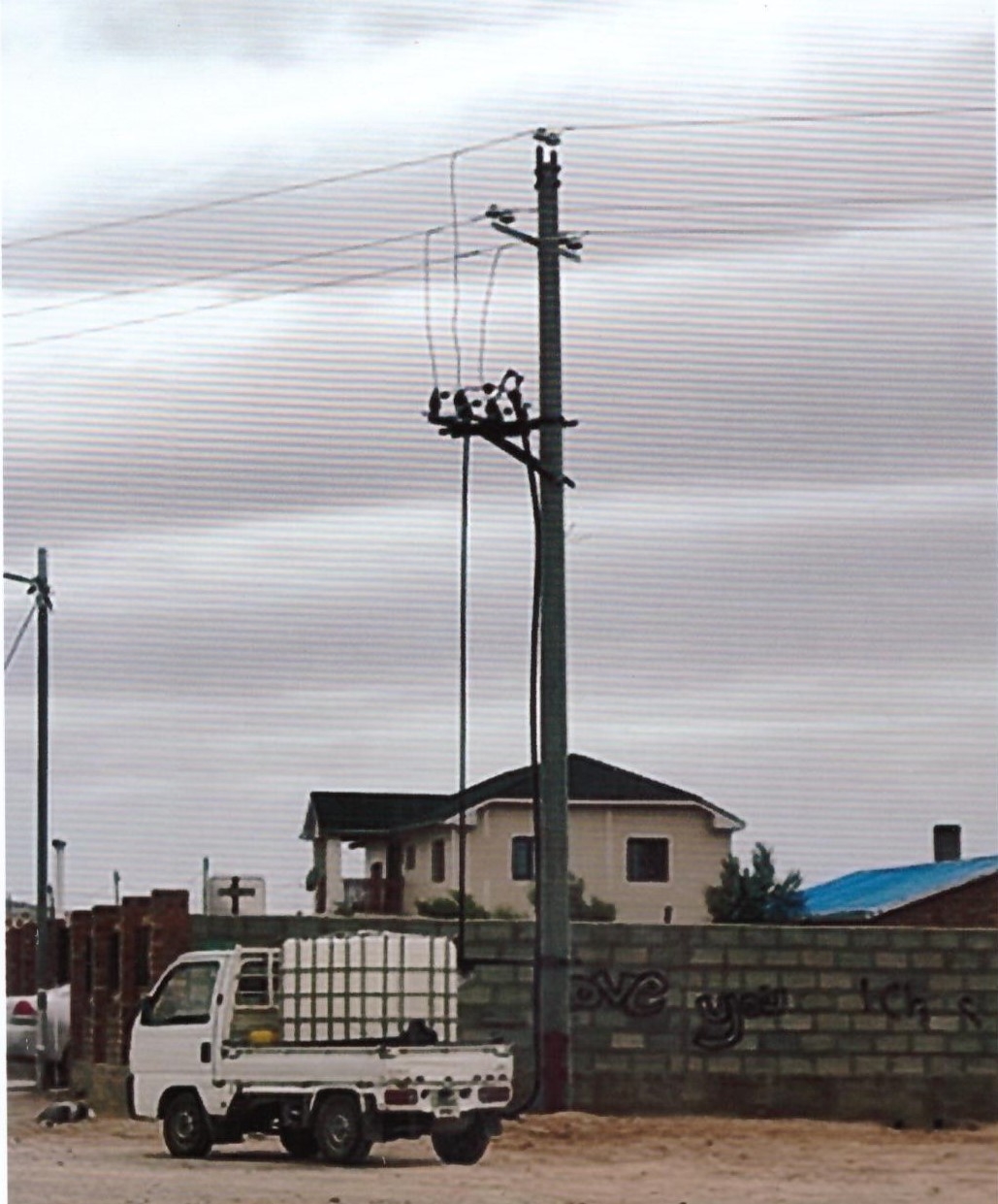
KHANBOGD SOUM HAY AND FODDER WAREHOUSE CONSRUCTION PROJECT
In the last decade, the number of livestock in Khanbogd soum has been increasing rapidly, and over 170000 livestock were counted last year, which is negatively affecting pasture carrying capacity of the soum. Also, droughts and zuds occur every 4-5 years in this soum. The soum collects its hay and fodder over 1000 kilometers far away such as Ulaanbaatar and Sukhbaatar aimags. All of these indicate that it is necessary to have a standard warehouse for hay and fodder.
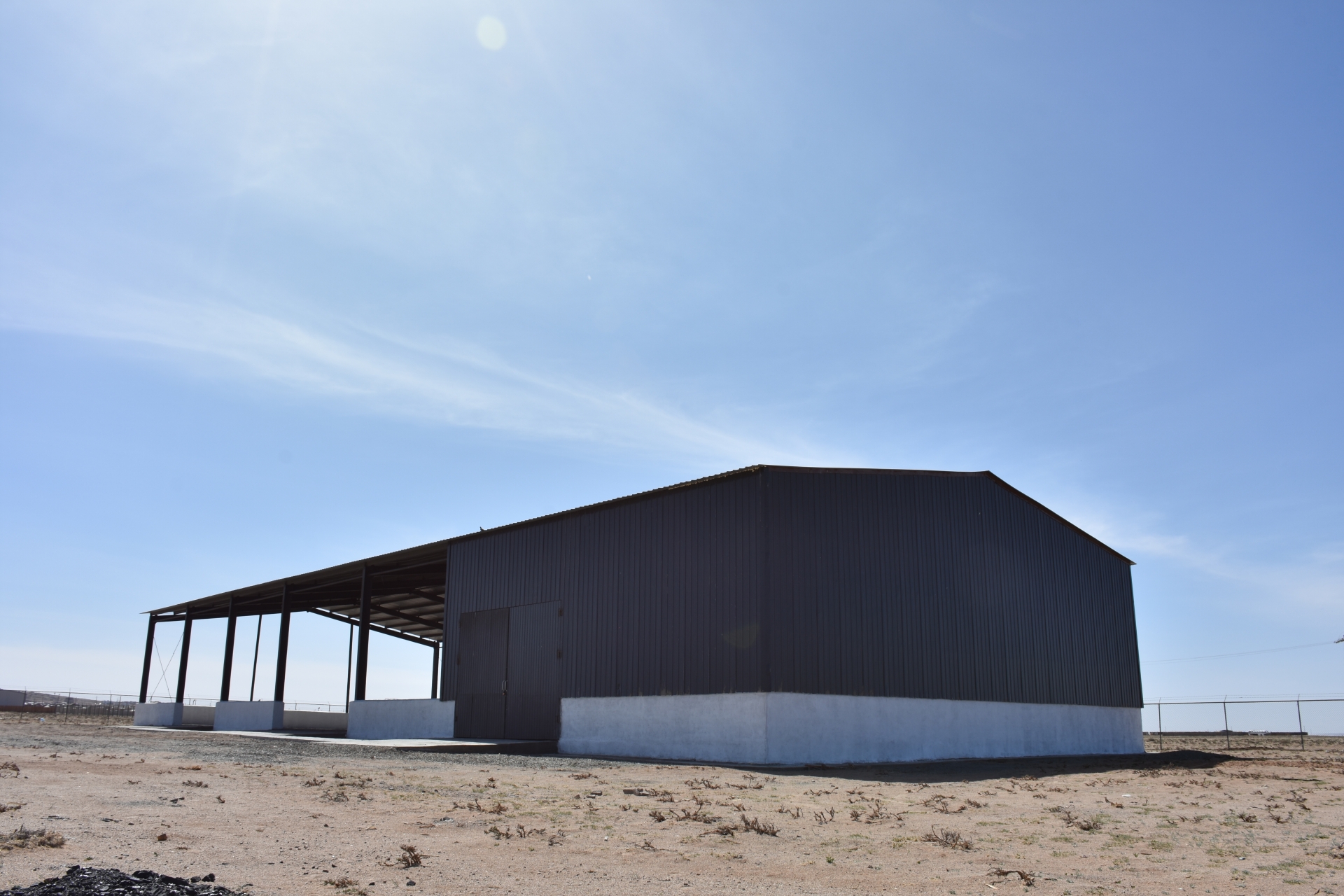
CONSTRUCTION OF KHANBOGD SOUM FLOOD DAM AND CANAL
Khanbogd soum center is located in a lowland area and often flooding occurs from western and southern mountains. In 2015, after 30 minutes of thunderstorm, the entire soum center was flooded and caused severe damages to state and individual properties, and households sewage systems overflowed causing risks to health and safety of the citizens.
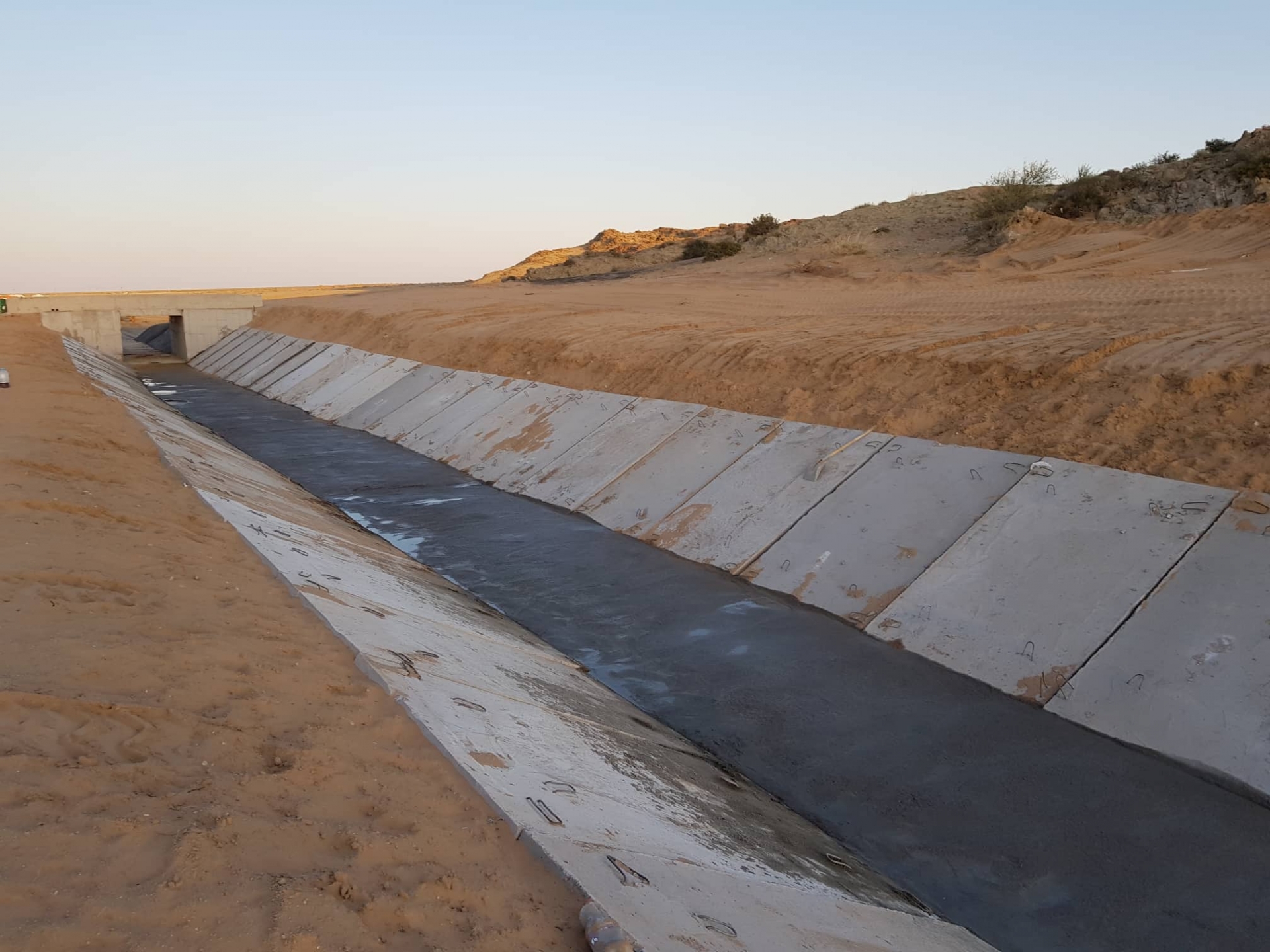
CONSTUCTION OF KHANBOGD SOUM SCHOOL PUBLIC TOILET
Over 950 children study in the 12-year high school of Khanbogd soum, Umnugobi aimag. Restrooms for students and teachers were not built in the school building in the first place. It is one of the priorities for the school to build school public toilets.
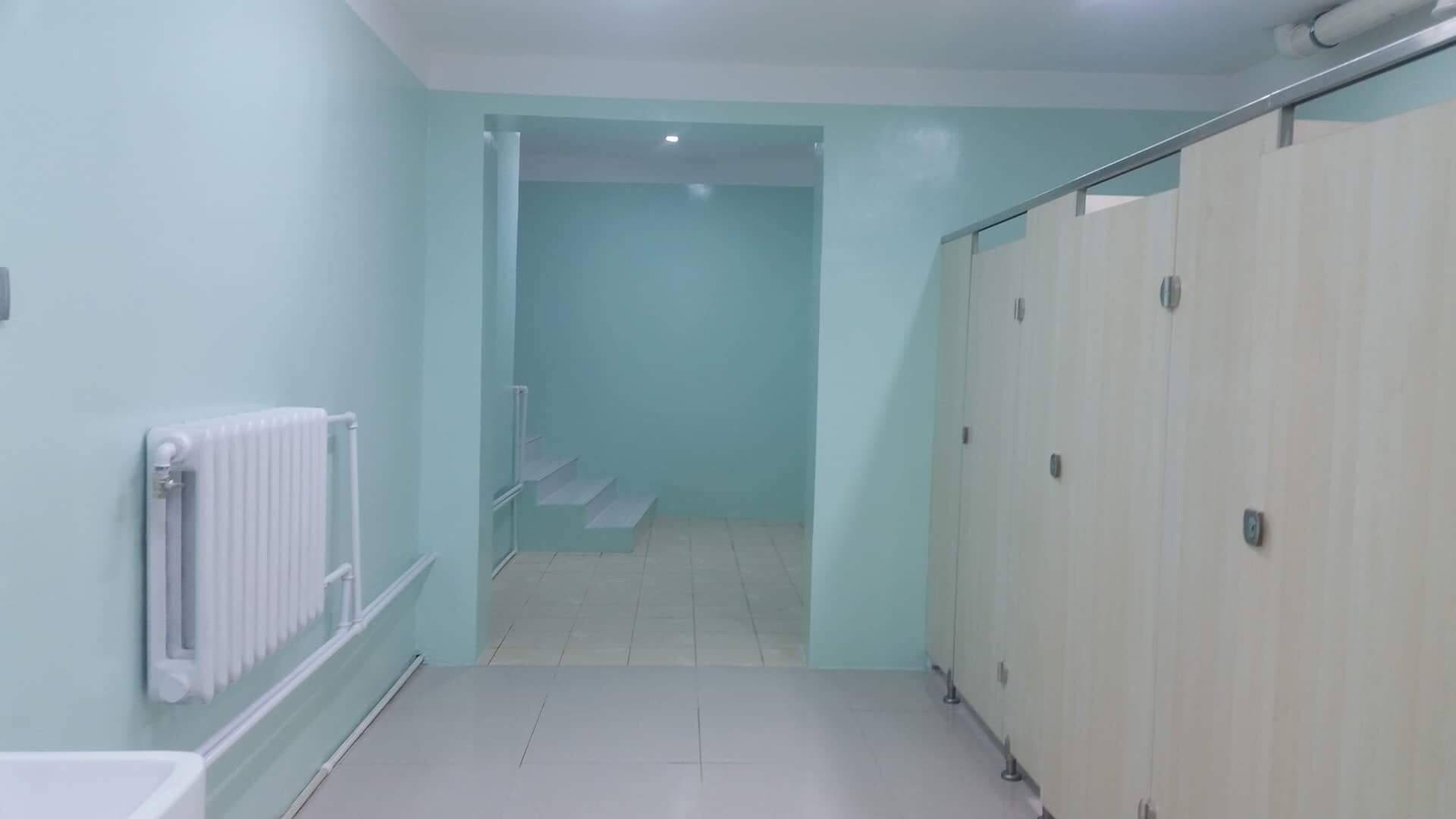
Construction of Khanbogd soum heating supply system
9 buildings that are built in the north side of the soum in the recent years according to the soum development plan of Khanbogd soum, such as the Governor's Office, cultural center, social insurance office, kindergarten, 5 floor apartment and community development center are not connected to the central heating system because the old heating plant does not have enough capacity. Buildings in this soum have independent heating systems. This creates issues such as air pollution and high utility costs since some have electric heating system.
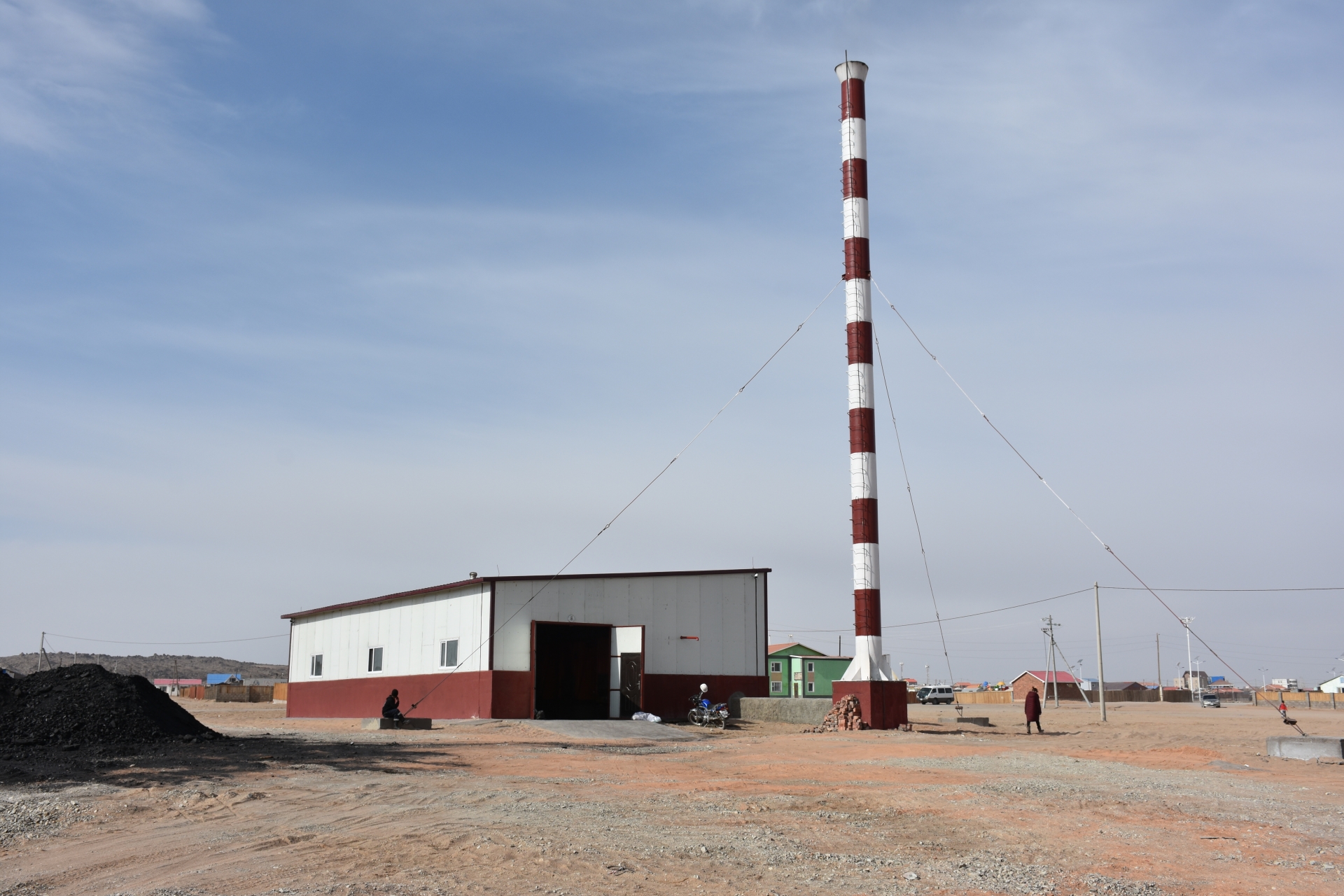
INTERSOUM ANIMAL HEALTH CARE CENTER
In the recent years, the number of livestock in the country is increasing dramatically. According to the Umnugobi aimag statistics, the number of livestock increased by 1 million for the last 5 years and reached 2.6 million at the end of 2017. Due to this context, there are issues such as over grazing, increasing number of animal infectious diseases, poor livestock breeds that leads to less productivity which results in poor quality of livestock products.
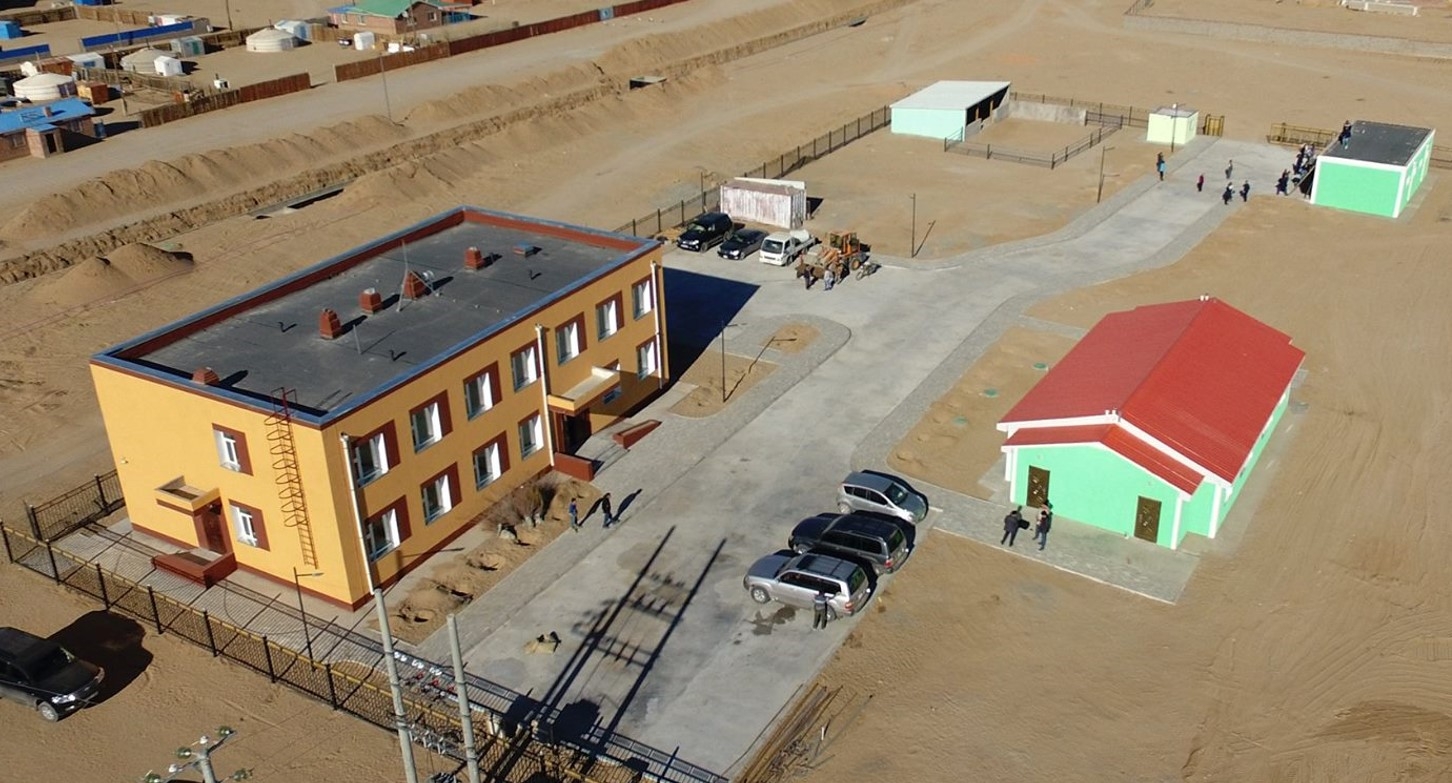
“ADDITIONAL WORK OF SCHOOL AND KINDERGARTEN COMPLEX OF KHANBOGD SOUM” PROJECT
Due to the incomplete heating system planning of the cultural hall, library and other rooms in construction drawing and budget of the “640-student school and 200-child kindergarten complex of Khanbogd soum”, newly constructed Khanbogd soum school and kindergarten were inadequately heated during the cold season. It was also necessary to ensure the school and kindergarten complex’s regular operation and create a comfortable learning environment, as the glass skylights would not be suitable for desert conditions if they were not replaced, rain and snow leak and disrupt the operation of the building.
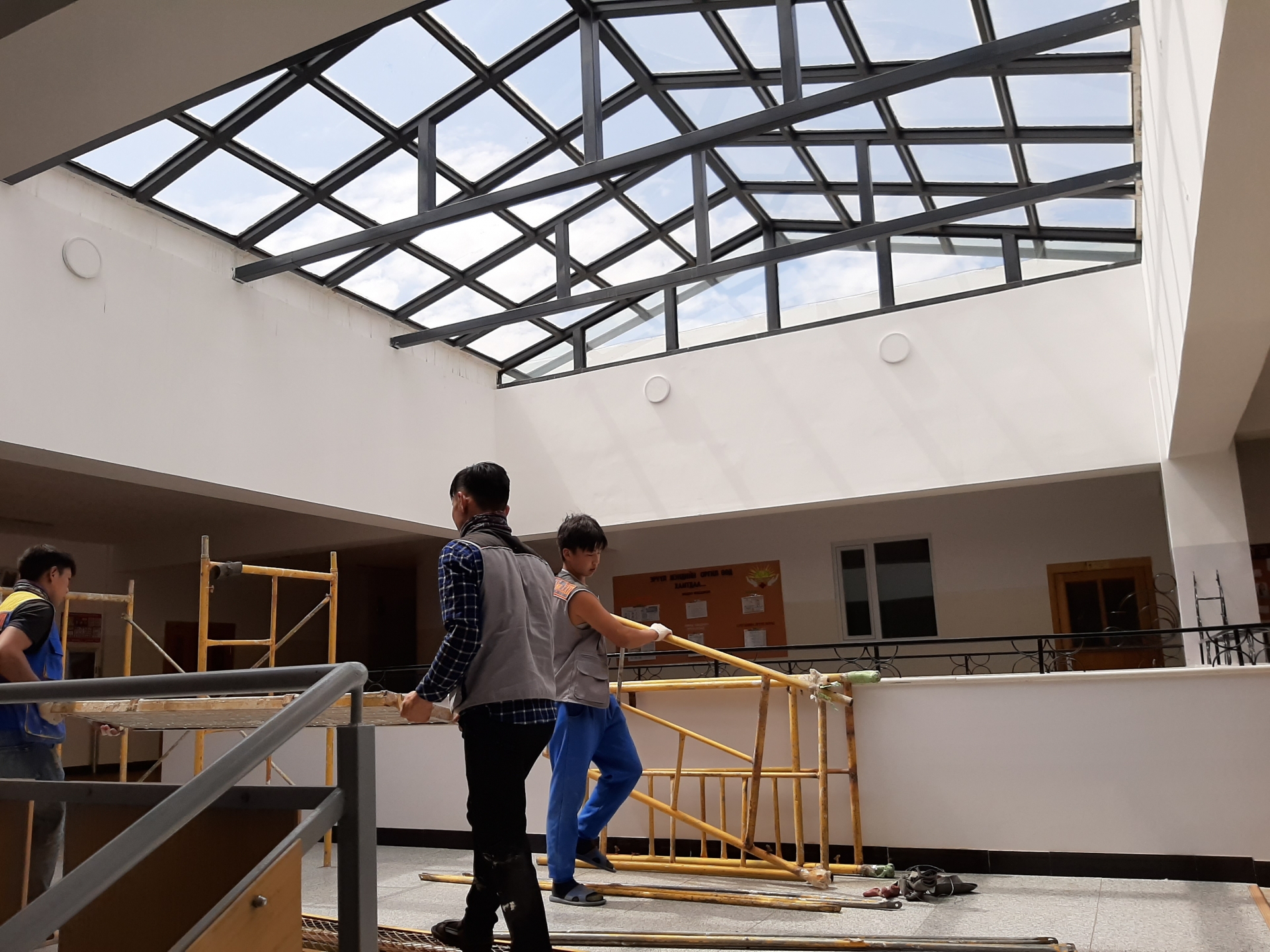
KHANBOGD SOUM SCHOOL AND KINDERGARTEN COMPLEX
Currently the Khanbogd soum has a population of 5200 and by 2020 the population is estimated to reach 14000. The estimate is based on the permanent population and relocation of Oyu Oyu Tolgoi staff, its contractors, and suppliers. According to the estimate of 2014, there are 1500 children of ages 3-18. Maximum number of pupils per class in the secondary school must be 20-30 and 30 children in a kindergarten class. Despite the standards, the Khanbogd Soum School with capacity of 360 students accommodates 900 with 40 students in one class. 420 kids are enrolled in a kindergarten with a capacity of 300 kids. 208 pre-school children stay at home.
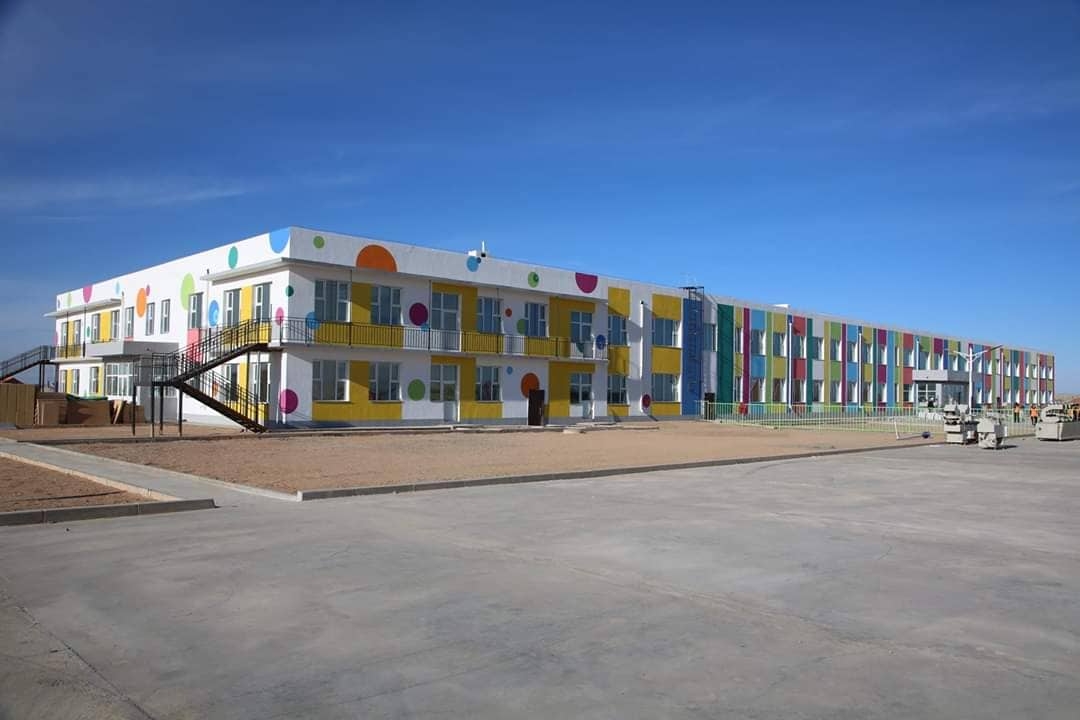
The construction drawing of school and kindergarten complex of Khanbogd soum
Currently the Khanbogd soum has a population of 5200 and by 2020 the population is estimated to reach 14000. The estimate is based on the permanent population and relocation of Oyu Oyu Tolgoi staff, its contractors, and suppliers. According to the estimate of 2014, there are 1500 children of ages 3-18. Maximum number of pupils per class in the secondary school must be 20-30 and 30 children in a kindergarten class. Despite the standards, the Khanbogd Soum School with capacity of 360 students accommodates 900 with 40 students in one class. 420 kids are enrolled in a kindergarten with a capacity of 300 kids. 208 pre-school children stay at home.
